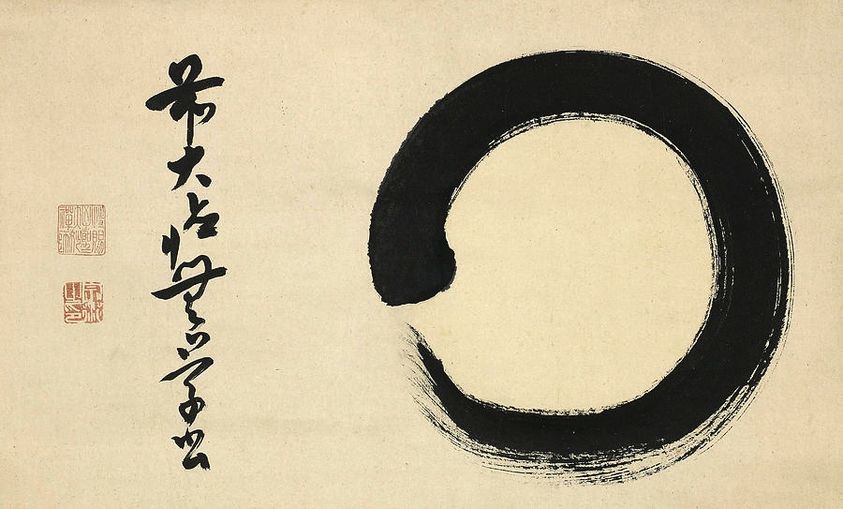Words on how to experience attachment to all are not a burden. They lighten our load. View the study sheet here. Watch the recording here.

Robbie Robertson, one of the founders of the Band, was strumming idly on his guitar when he noticed inside of it a stamp with the name “Nazareth, Pennsylvania.” Nazareth may be small population-wise, with about 6,000 residents, but it is a pilgrimage site for guitar lovers. It is where every Martin guitar has been handmade for the past one hundred eighty-four years.
Staring at that stamp and strumming his guitar, Robertson gave birth to the song “The Weight.” Influenced by the life experiences of the band members, it is a composition about how hard it can be to do good. A traveler headed to Nazareth has been asked by his friend Fanny to look up some of her friends who live there. He arrives and tries to fulfill the favor. Immediately things get complicated. Fanny’s favor becomes a weight for the traveler.
“The Weight” was also influenced by the films of Luis Bunuel. Though Bunuel, raised a Catholic, rebelled against the Church as a teenager, his films reflect a lifelong wrestling with theological issues and their moral dimensions. His argument with the Church focused primarily on what he viewed as its constrictive dogma. He found them to complicate rather than facilitate the doing of good. For him, they were too much of a weight.
Parshat Ki Tisa is filled with images of both weight and buoyancy. The molten calf made from gold marks a low point to which the Israelites have sunk. Moses returns from the mountain top with tablets inscribed by God. When he sees the scene of idol worship before him, Moses throws the tablets to the ground.
Midrash describes the letters as flying off the tablets when they see the golden calf. Immediately, Moses drops the tablets. Without sacred words, they have become too heavy to carry.
What is the nature of the words which lighten the weight of the stones? The Hasidic sage Sefat Emet hints that to exist in this world words of sacred guidance cannot have their sole origin in the heavens. They need to reflect what is in the hearts of the people. Anything else is too burdensome. The second set of tablets, which survives, is not the product of God’s sole inscription. It is the work of a Divine-human collaboration.
Torah’s journey is one that prepares us to close the gap between divine and human. To build and live in a land of promise requires greater and greater levels of human responsibility and less reliance on external divine intervention. Purim celebrates an individual, Esther, who reaches that level of human sovereignty. In doing so, she saves herself, the Jewish people, and even the King of Persia.
Mugaku Soen was a thirteenth century Zen Buddhist monk in Japan. His journey was not one of contemplative retreat from civic responsibilities. It was a contemplative engagement with them. He served as an adviser to Japan’s most powerful ruler of the day, the regent of the shōgun Hōjō Tokimune. His words confounded and enlightened both ally and enemy. Presented here is his brushed ink piece of an enso.
Enso is a Japanese word which means circle. In Zen Buddhism enso is a key term, symbolizing emptiness and fullness, presence and absence. All things are contained within it and all things are excluded by its boundaries. It is a vast space lacking nothing and holding nothing in excess. The enso circle represents the spirit of harmonious cooperation, personal development and refinement of character.
To calligraph the enso is not just to create an external image. It is a meditative exercise of connecting with all. The one holding the brush. The paper. The ink. The one who views the image. The moment.
The calligraphed enso is a minimalist expression. One stroke shapes one symbol. It buoyantly carries within it all there is.
In Parshat Ki Tisa words sourced only from heaven do not survive on earth. The instruments which carried them crash in their weightiness. Only those which mirror the two dimensions give sufficient lift to their vessels. And we are those vessels. “The real writing is on the heart,” Sefat Emet teaches. Find there connection to all and you find uplift: “When you see your enemy’s donkey lying under its burden and would refrain from raising it, you shall raise it up with him.” In one stroke, you, your enemy, your enemy’s donkey arise as one.
Join us here at 7:00 p.m. (PT) Thursday March 9 as we explore words that lighten the load.








